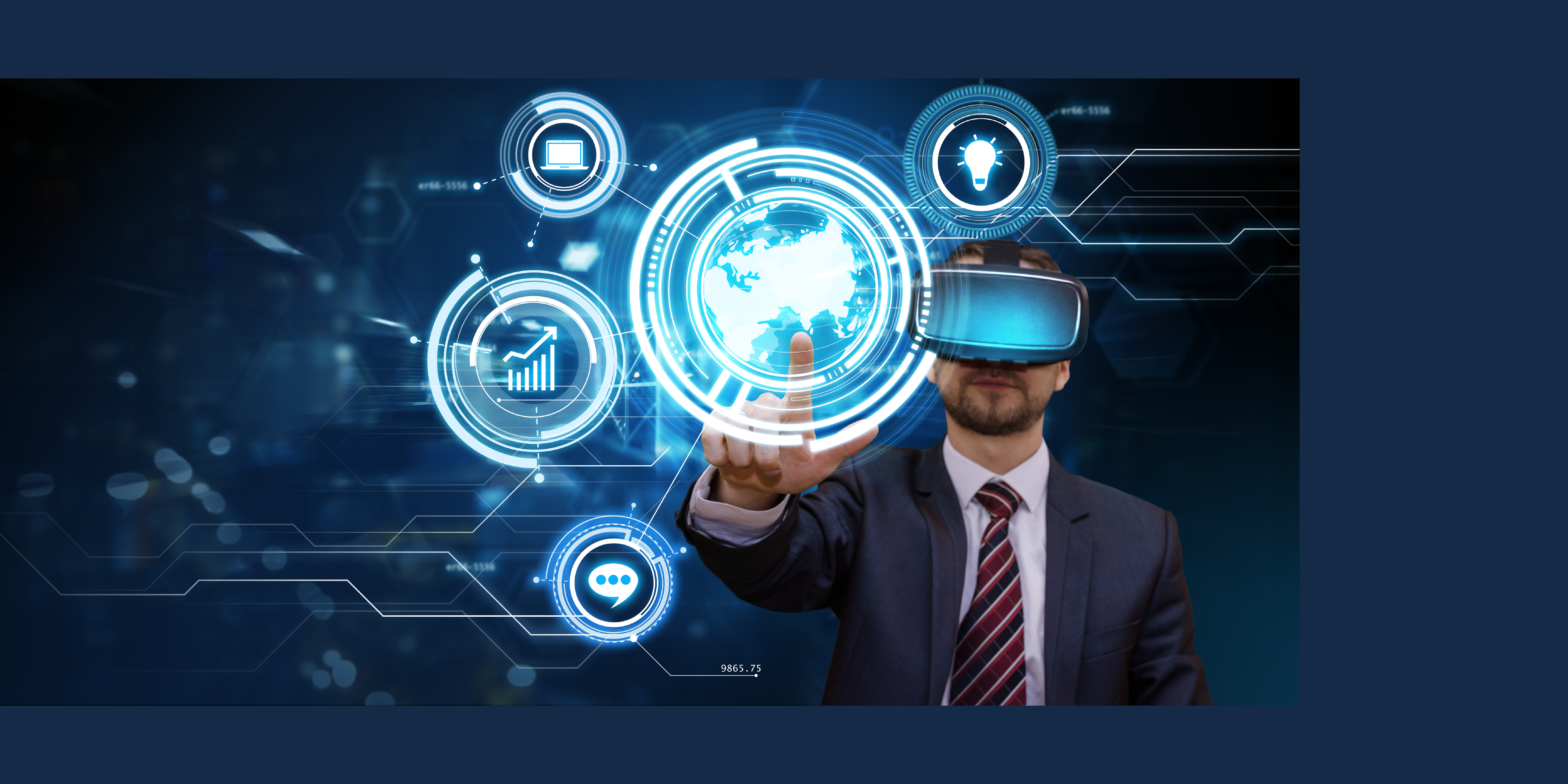
VR Training allows employees to learn in a repeatable VR learning environment. HR leaders can now create their training curriculum around the idea that practice makes perfect (Source). In traditional training, learners receive a grade or pass/fail assessment. In immersive learning, employees can learn from their mistakes and redo the learning exercise until they understand the lesson. It’s a radically different approach.
Repetition leads to perfecting techniques and significantly improves retention of learning. Immersive reality training provides the space to repeat activities and explore outcomes based on the employee’s actions and reactions (Source).
In the past, HR leaders may have had it easy to offer certifications only based on hours of studying a topic. Creating deeper educational expertise can be far more challenging as we learn. VR training provides new data metrics that will help learners (and their trainers) gain a deeper understanding of the learning experience (Source).
A deep understanding of a learning topic goes far beyond retaining information for a multiple-choice test. VR training platforms can help learners when they get it wrong as well. The ability to track the employee’s actions (and inputs) as they move through a scenario can reduce the cost of providing individual feedback for personalized feedback (Source).
Additionally, the training platform can capture enriched user data when an employee learns by doing. The data will include behavioral, eye tracking, heat maps, and gesture tracking (Source).
As a result, a learner can be monitored in real-time by their teachers, trainers, and peers.
Thus, providing the learner with the opportunity to receive immediate, relevant feedback. This performance data can be recorded for analysis after the experience. Therefore, the personalized ‘doing’ learning exercise can be repeated later to test the retention of knowledge and skills (Source).
Contact our team at contact@topoint.com for a demonstration of what is now possible for your organization.